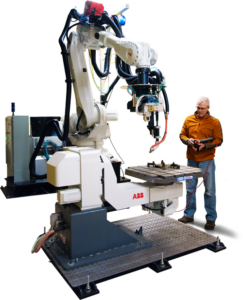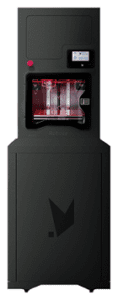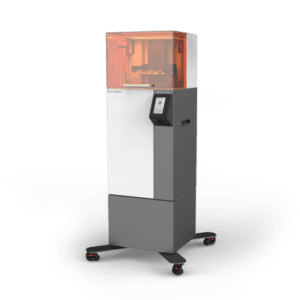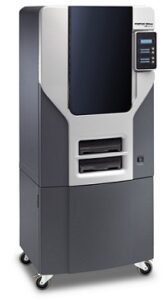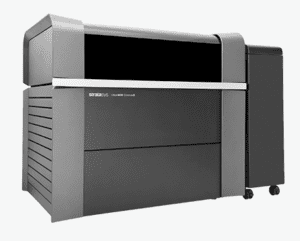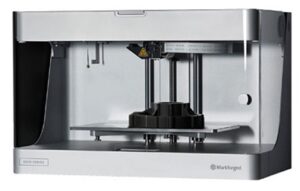The heart of CIMP-3D’s technological capabilities, our manufacturing systems span offer industry-quality production of polymer, metal, and ceramic structures.
Each of our systems provide unique capabilities, which enables truly innovative solutions to any problem. From voxel-based multi-material polymer manufacturing to hybrid-AM creation of metal structures, CIMP-3D is a one-stop-shop for all things AM.
METALS
POLYMERS
Objet 350 Connex3
Stratasys
Material Jetting System
This full-color polymer 3D printer provides the capability to manufacture varying materials with different material properties within a single build. With a build volume of 13.4 x 13.4 x 7.9 inches, it serves as a prototyping system with greater versatility.



